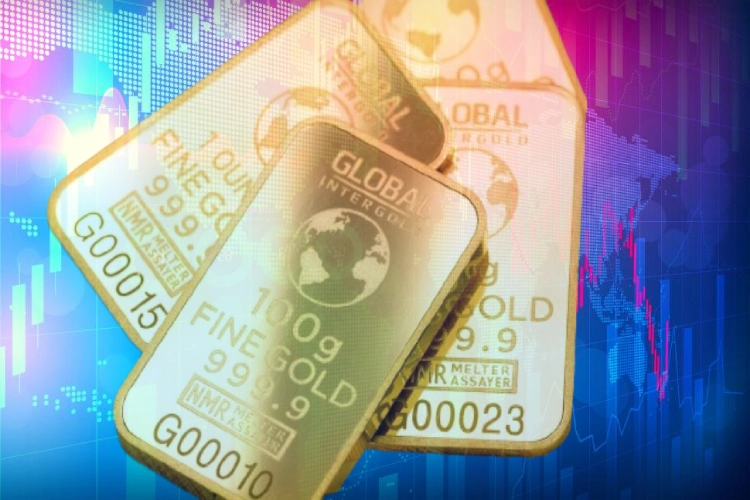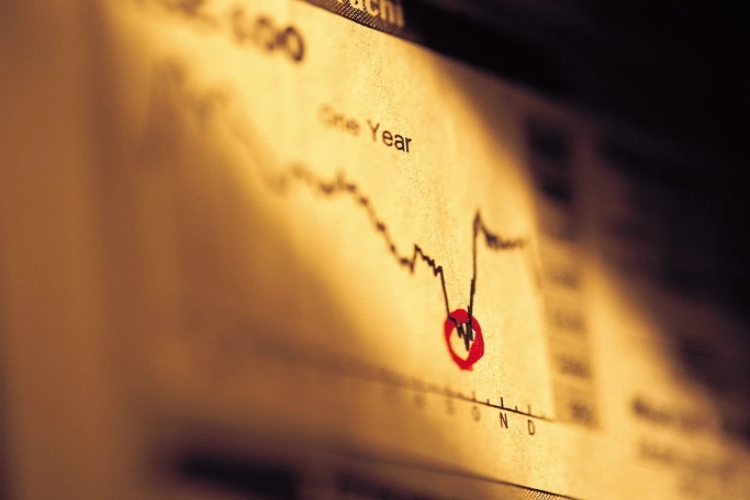Gold is one of the oldest and most well-known precious metals in the world, and for centuries, people have traded gold for its beauty and value. In recent years, gold has become even more popular as an investment, and many people are interested in understanding the market for this valuable metal.
To understand why the price of gold is so volatile, first, you need to understand how gold trading works. Like other precious metals, the price of gold is tied to physical assets. The physical gold market involves mining, refining, travel, and sale.
Gold mining happens on every continent except Antarctica, with China, Russia, and Australia being the top-producing countries. This results in the production of 2,500 to 3,000 metric tons of gold each year. The metal is then smelted and refined, before being turned into bars, coins, and other products like jewelry. The gold is then shipped around the world, often via commercial aircraft, with much of it sent to London.
Mostly hidden beneath the streets of the city, the Bank of England’s vaults hold around 400,000 bars of gold worth over $260 billion. The physical trading of gold in London is done behind closed doors and in secret by a few banks. These banks work with the London Bullion Market Association to set the physical price of a troy ounce of gold, and that price determines its value everywhere.
Physical gold vs gold futures
The gold stash in London is rivaled only by the Federal Reserve Bank of New York, which holds the world’s largest hoard of physical gold. In other places around the world, gold is a common investment as well. In many Asian cultures, gold is seen as something that holds prestige and intrinsic value that can be passed down from generation to generation. This can result in a significant demand for physical gold in the form of jewelry, bars, and coins.
When individual investors want to buy in, they generally have a few options. They can purchase physical gold in person from dealers or on websites like APMEX. They can bid on thousands of dollars worth of gold through eBay. And they can buy exchange-traded funds that hold physical metal. The biggest of these is SPDR gold shares, which is traded on the New York Stock Exchange.
But this is just the physical market. Gold is also traded on a separate market that is tied to commodity futures. This takes us back to New York, where gold futures trade on the COMEX division of the New York Mercantile Exchange.
Futures are contracts which lock the price of a commodity that will change hands at a specific future date. A standard futures contract is tied to 100 ounces of gold worth over $200,000, depending on the market. Gold futures are contracts that allow you to lock in the price of gold at a specific future date. The price of gold futures is tied to the price of physical gold, but they are not the same thing. Futures contracts are financial instruments that are traded on an exchange and are used by investors to hedge against the risk of price changes. They do not represent physical ownership of gold, but rather the right to buy or sell a specific amount of gold at a predetermined price at a future date.
The difference comes to this: physical gold is a tangible asset that you can hold and store, while gold futures are financial instruments that are traded on an exchange and represent the right to buy or sell gold at a predetermined price at a future date.
Seeing gold as an investment
There are a lot of people who are very bullish on gold and think it’s an alternative currency that provides a hedge against inflation and is very attractive when interest rates are low. Many bulls are piling into the sector because they think the Federal Reserve and other central banks are eroding the value of paper money by pumping a ton of cash into the global financial system to support the economy. The increased activity is contributing to momentum trading, driving a frenzy for gold, similar to stocks. But if inflation doesn’t materialize, the momentum that gold is seeing could unravel.
Gold as an investment is not for the faint of heart. While it can provide a hedge against inflation and is attractive during low interest rate environments, it is also prone to extreme volatility. Investors should thoroughly research and consider their own personal financial situation before investing in gold. It is also important to understand the underlying factors that impact the price of gold, including central bank activity, economic and political stability, and supply and demand dynamics. As with any investment, it is crucial to have a well-thought-out strategy and to monitor market developments in order to make informed investment decisions.

 The Revolutionizing World Of Digital Wallet Payments
The Revolutionizing World Of Digital Wallet Payments